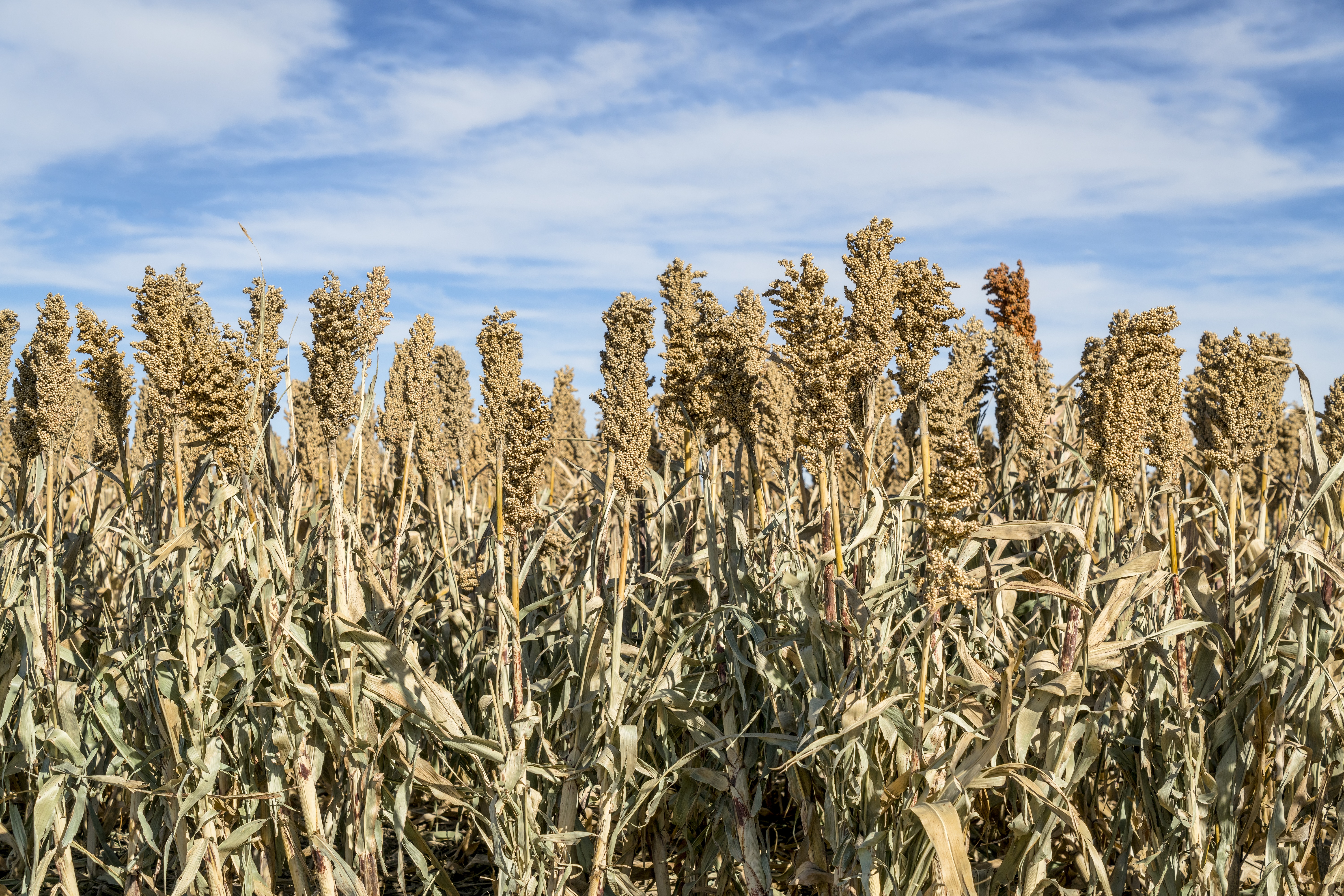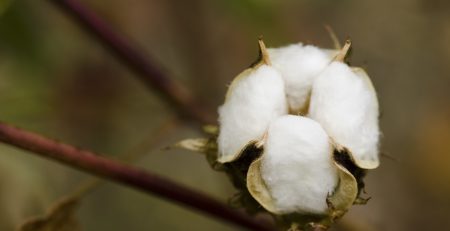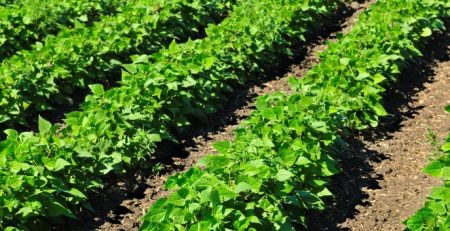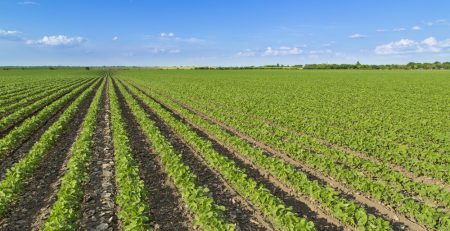Sorghum Expected to Hit its Stride with Sales and Acre Increases
Cotton could lose acres to sorghum this year, according to the National Sorghum Producers. Trade is showing positive momentum for the grain and this week the USDA is reporting weekly sorghum sales nearly hit a six-year high.
“I think they all line up for some positive reasons why we expect to see a better year [for sales],” says Tim Lust, CEO of National Sorghum Producers to U.S. Farm Report Host Tyne Morgan. “[I] didn’t say it was 2015-level, but certainly a start to getting back to normal [trade]. We do know that China is committed to coming forward and starting purchases.”
Sorghum is used for traditional livestock feed, but another notable consumer in some Asian countries is ducks. While producers could see decreased demand from hogs due to African Swine Fever, ducks and other uses for the crop could help pick up some slack.
This week’s export sales for sorghum hit 444,500 MT for 2019/2020—a marketing year high—and up from last week and the prior four-week average. USDA specified 119,000 MT were to China, with the balance (324,000 MT) to unknown destinations.
“We do know that April will be a very telling time for us in terms of giving us a size and scope [of sales],” Lust says. “I think from a big picture standpoint for our crop at least, we’ve had great communications with our buyers over the last couple of weeks.”
However, the waiting game to see just how long these increased sales last, or how high they can go is leaving some producers uneasy.
“As a farmer it’s tough to be told to sit and wait—things are going to happen,” says Dan Adkinson, sorghum producer in Stockton, Kan., and chairman of National Sorghum Producers. “[It’s tough] when we’ve got planting decisions to make and we’ve got to keep farming in the process.”
In his area of the country, Adkinson doesn’t expect to see much, if any shift in acres toward sorghum.
“We don’t have some of the other crop options that producers either further south of us or further east of us have,” he says. “So, I think through most of the Sorghum Belt it will be a fairly steady decision.
“I’m optimistic that we can put, not a lot, but price on our product—enough to put it into black ink,” Adkinson adds.
Content within the Farm Journal Forum is the property of Farm Journal, Inc and protected by copyright.









